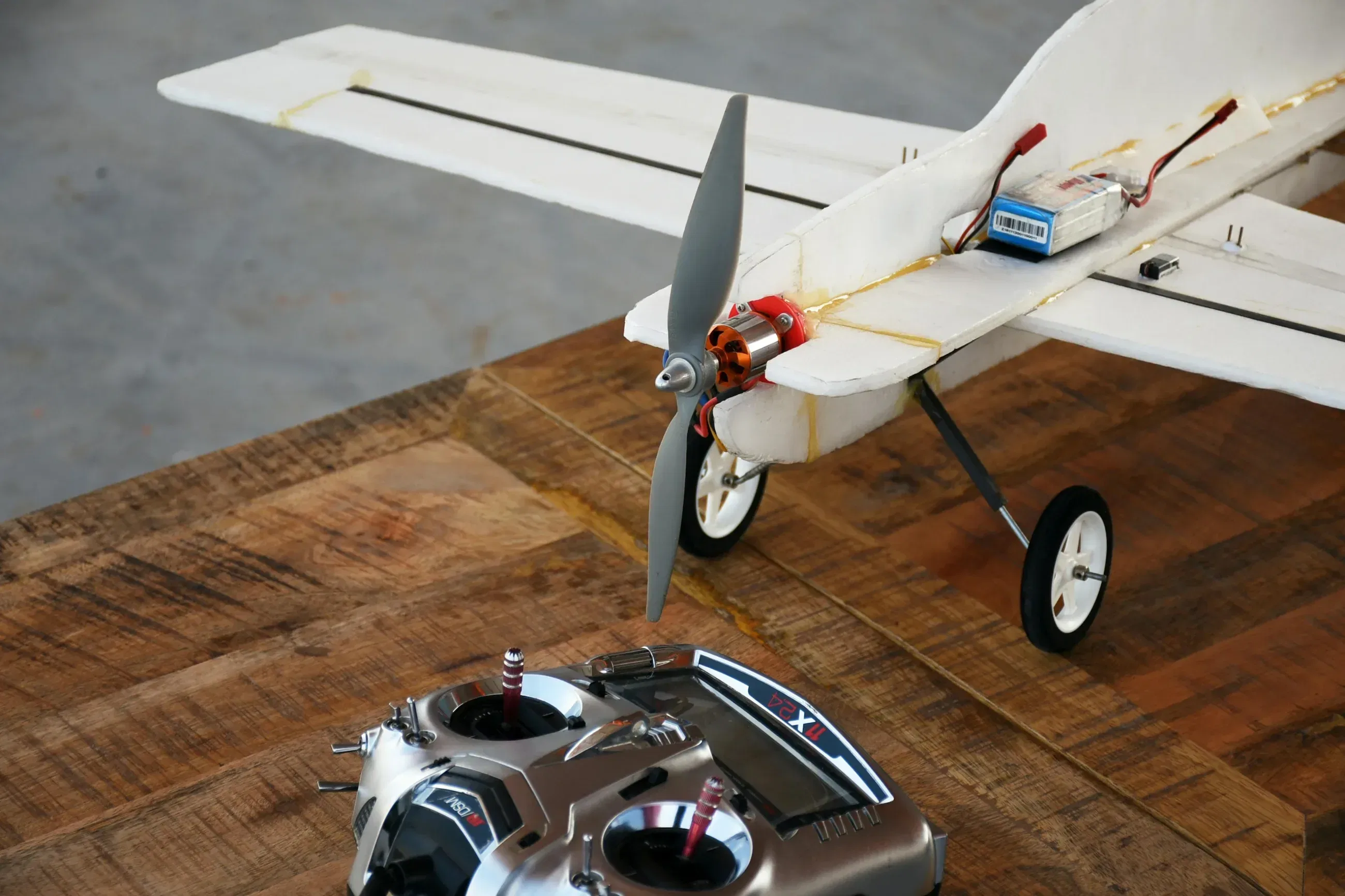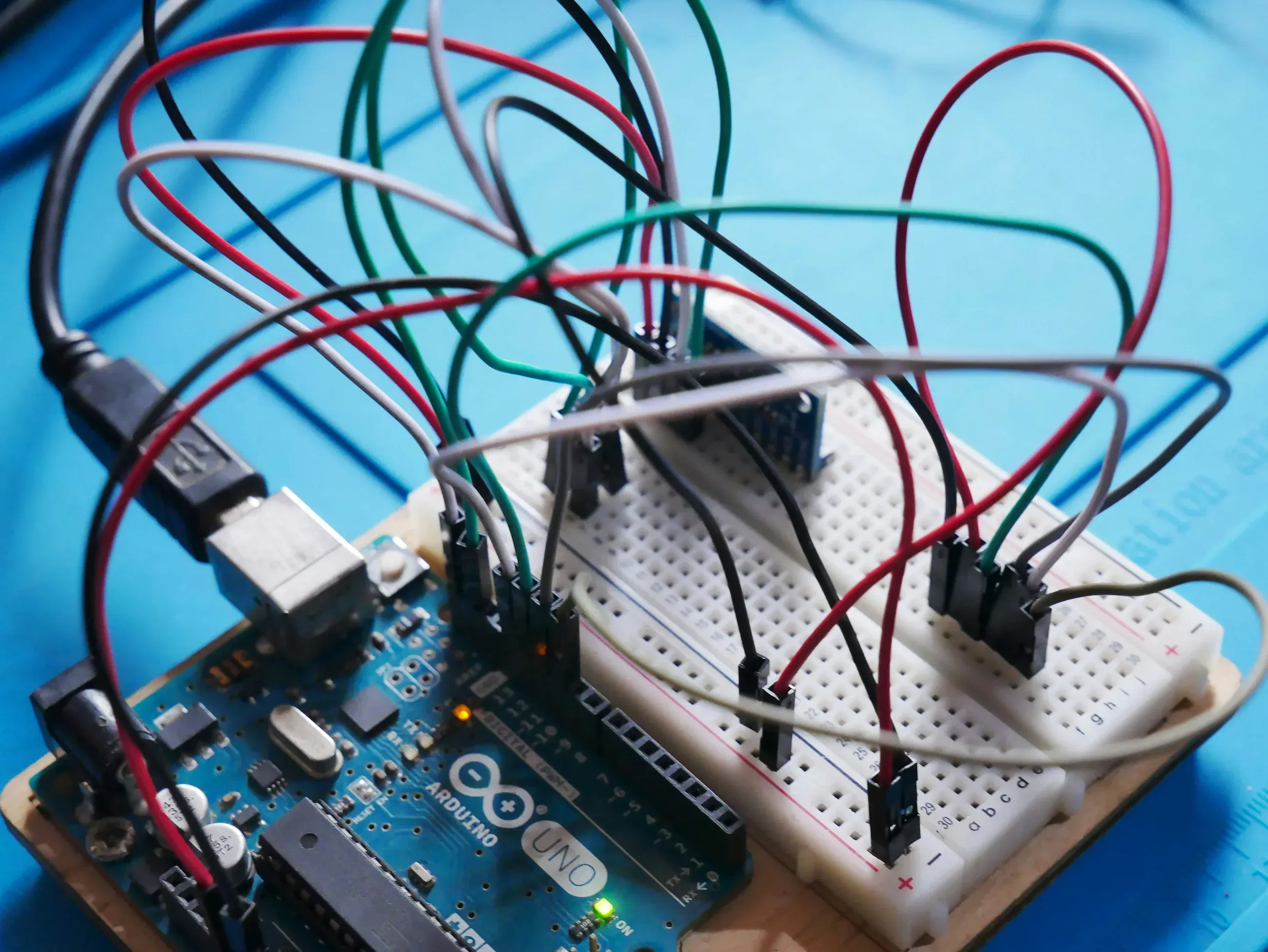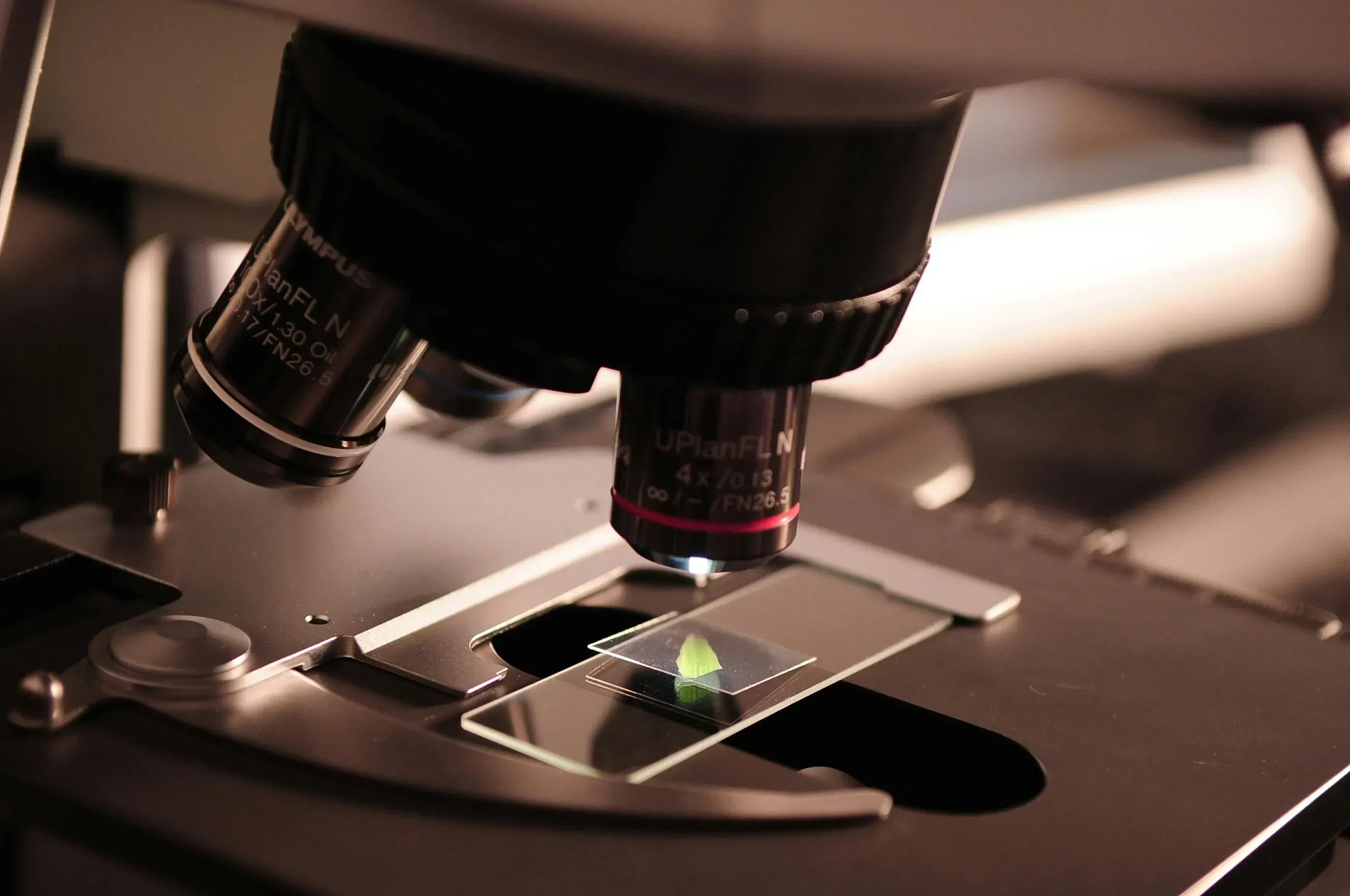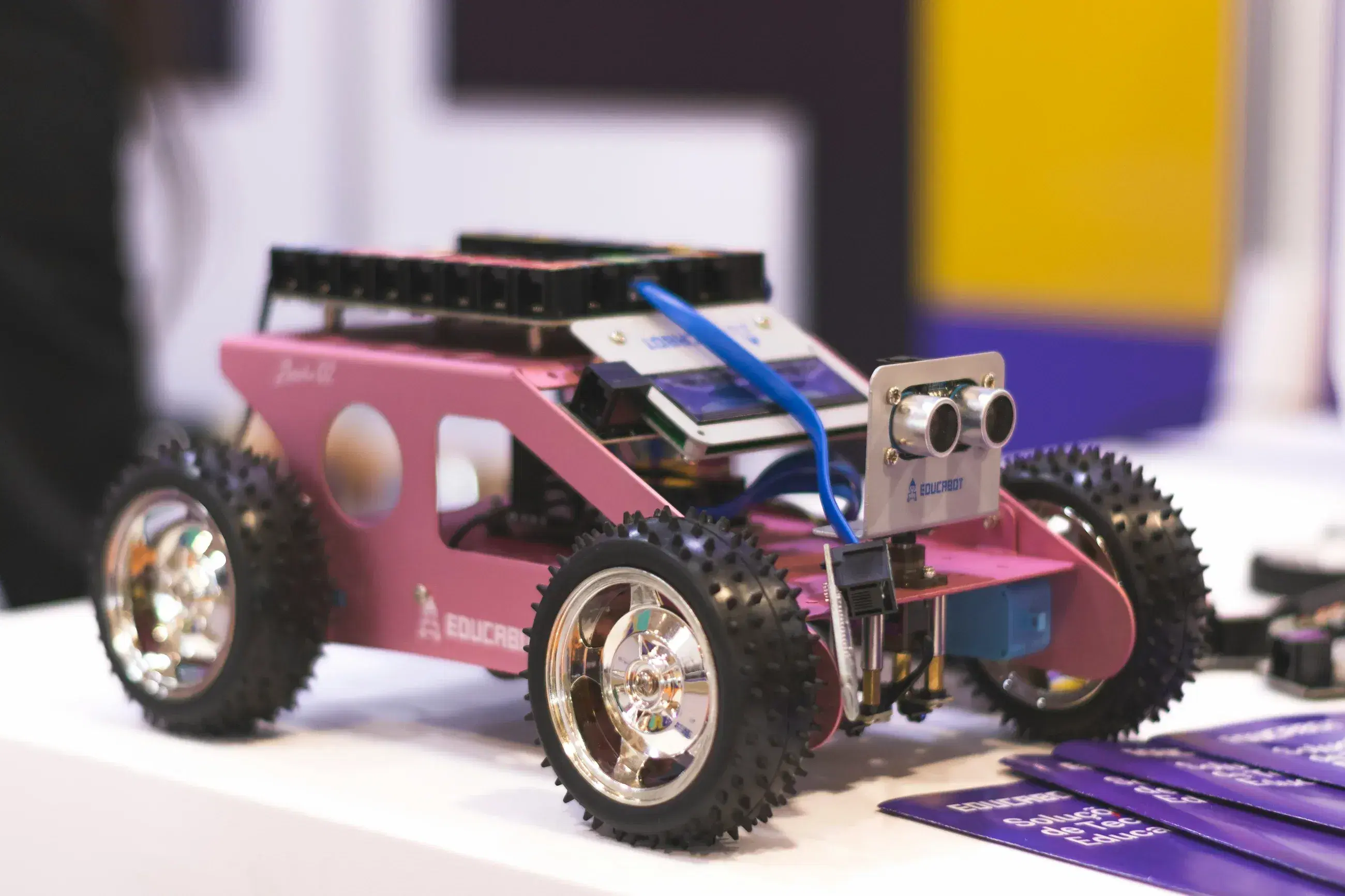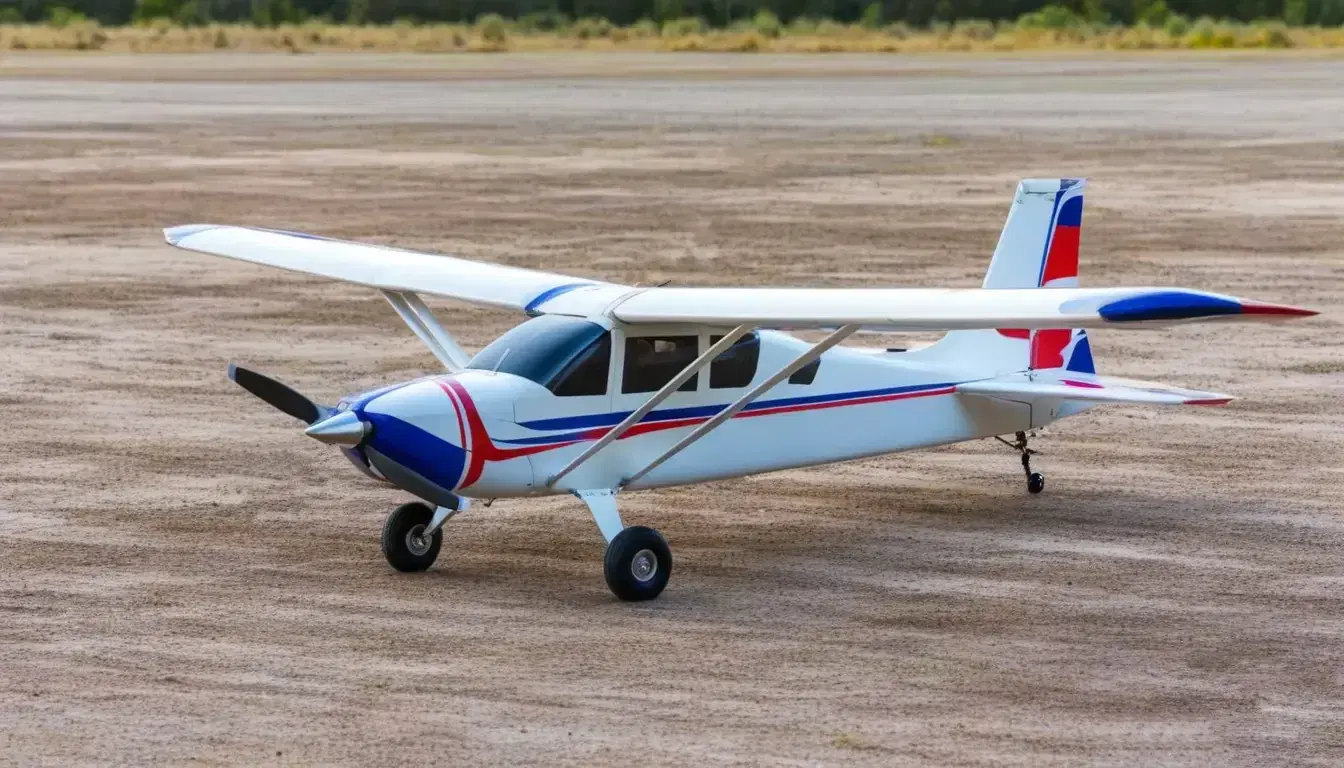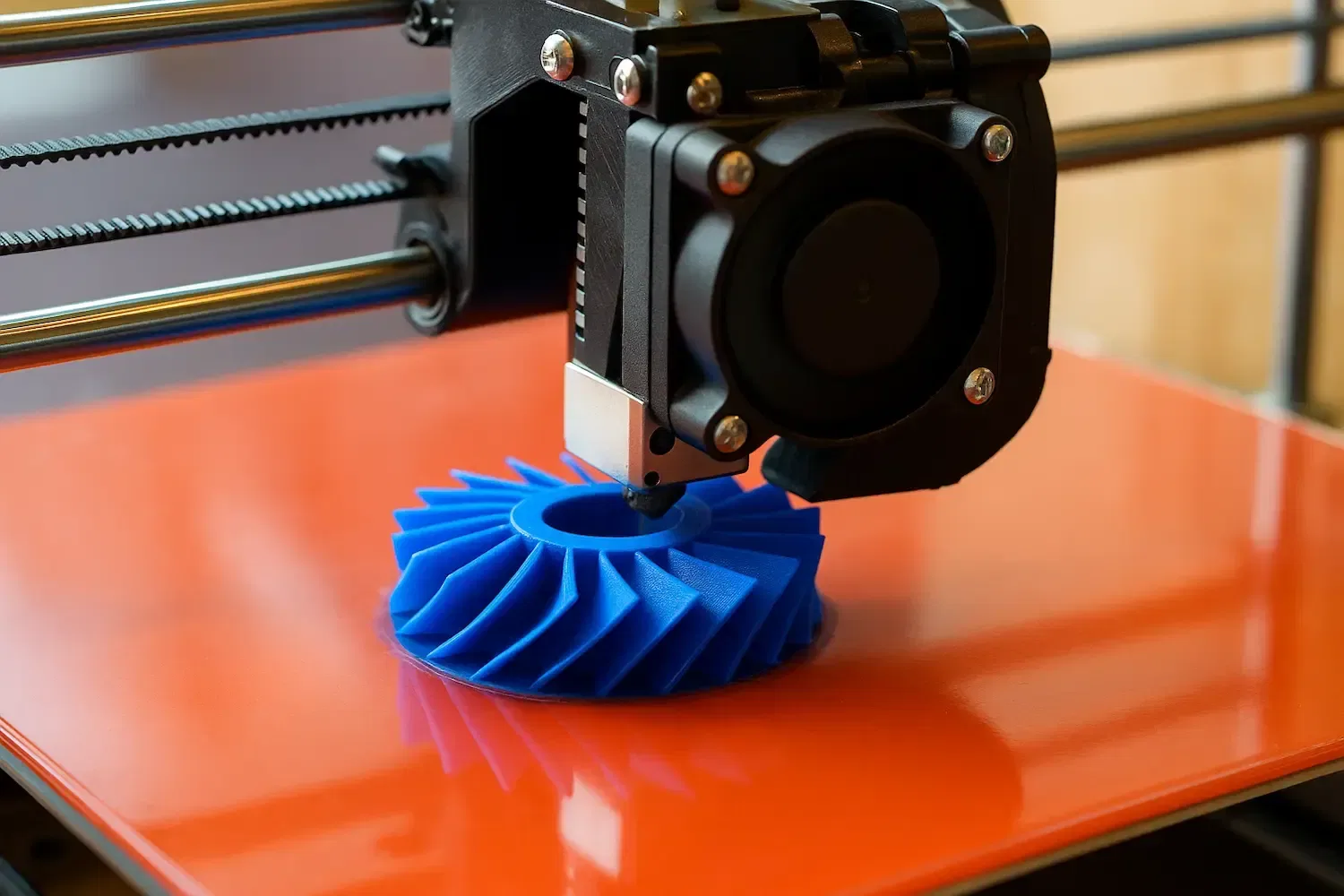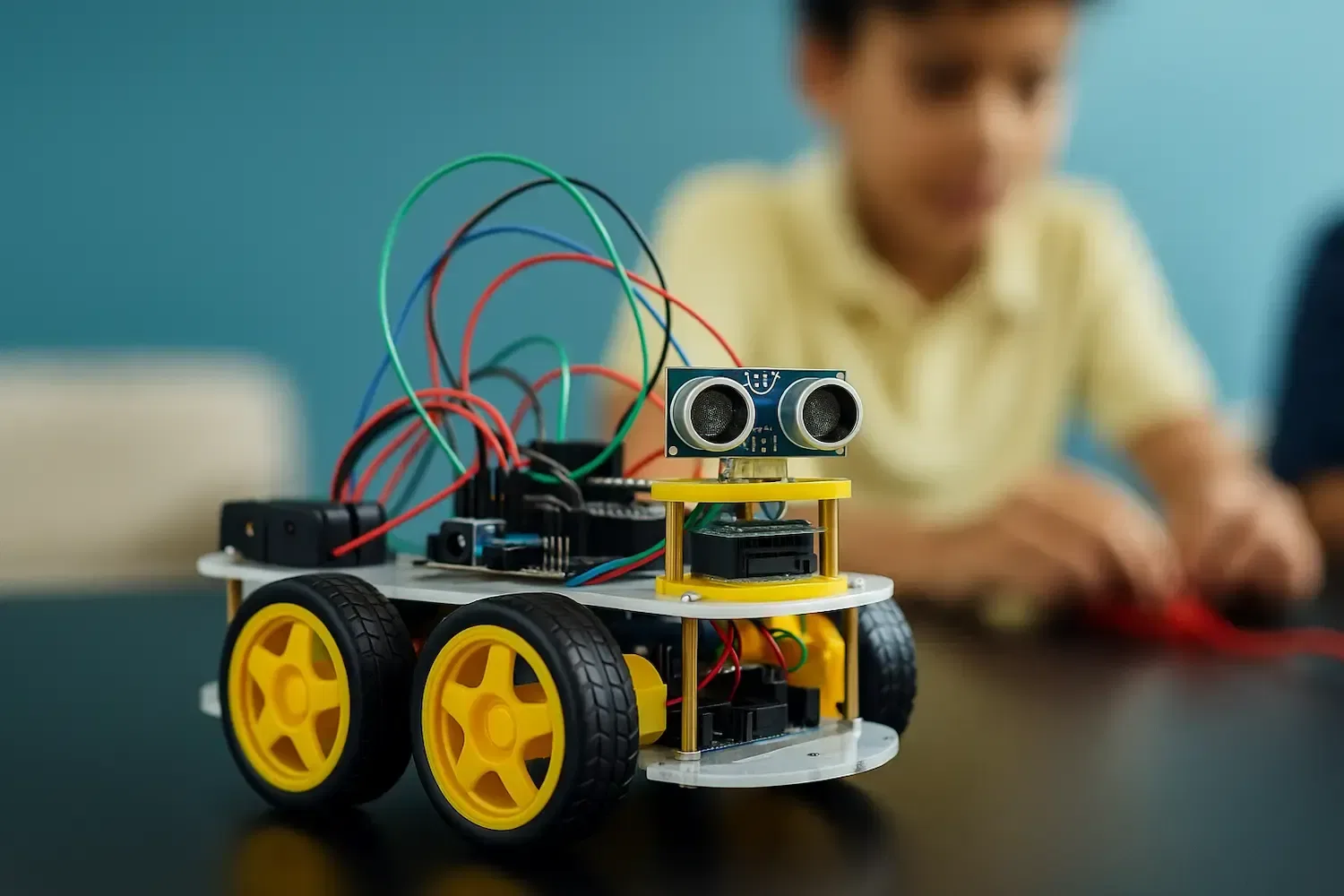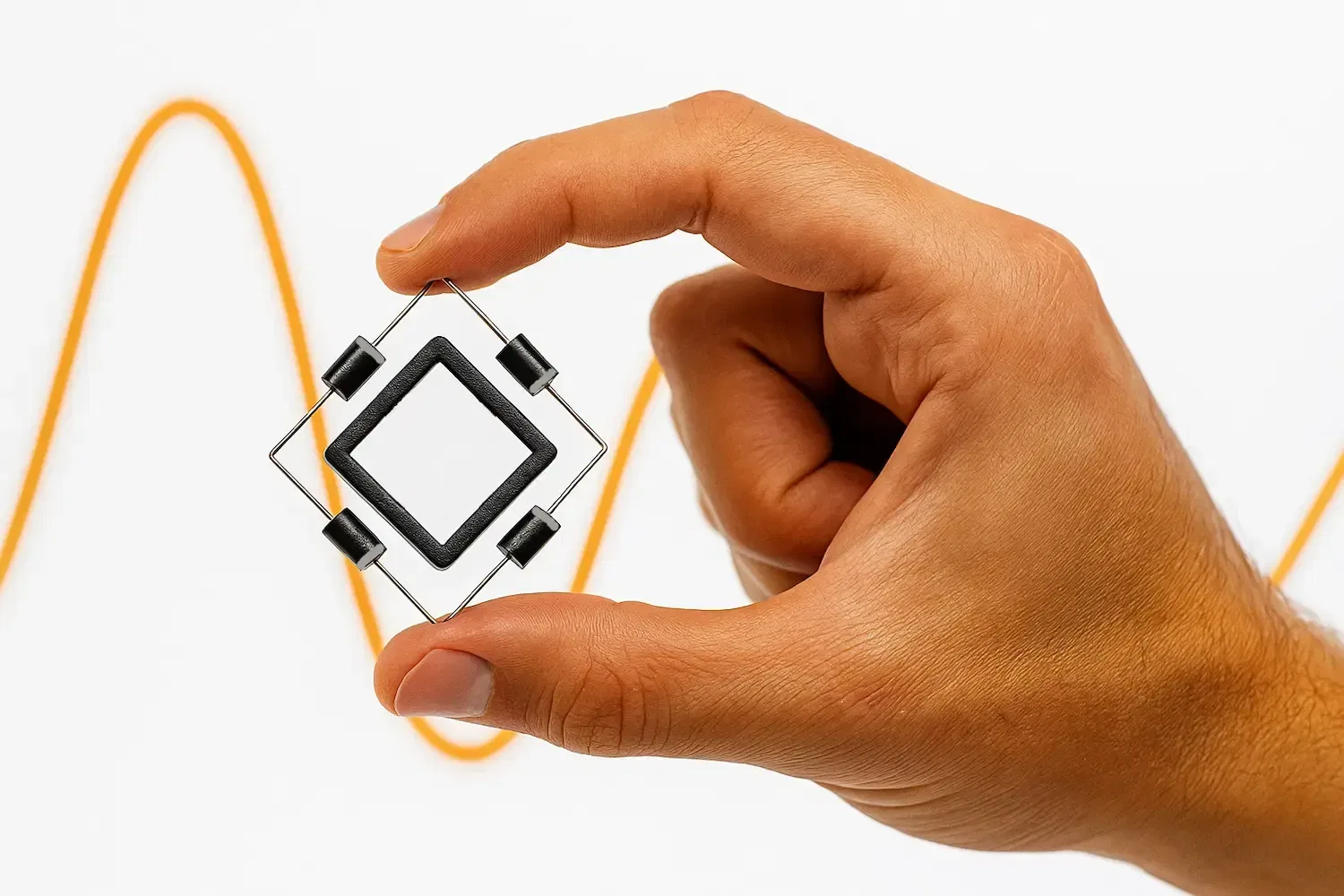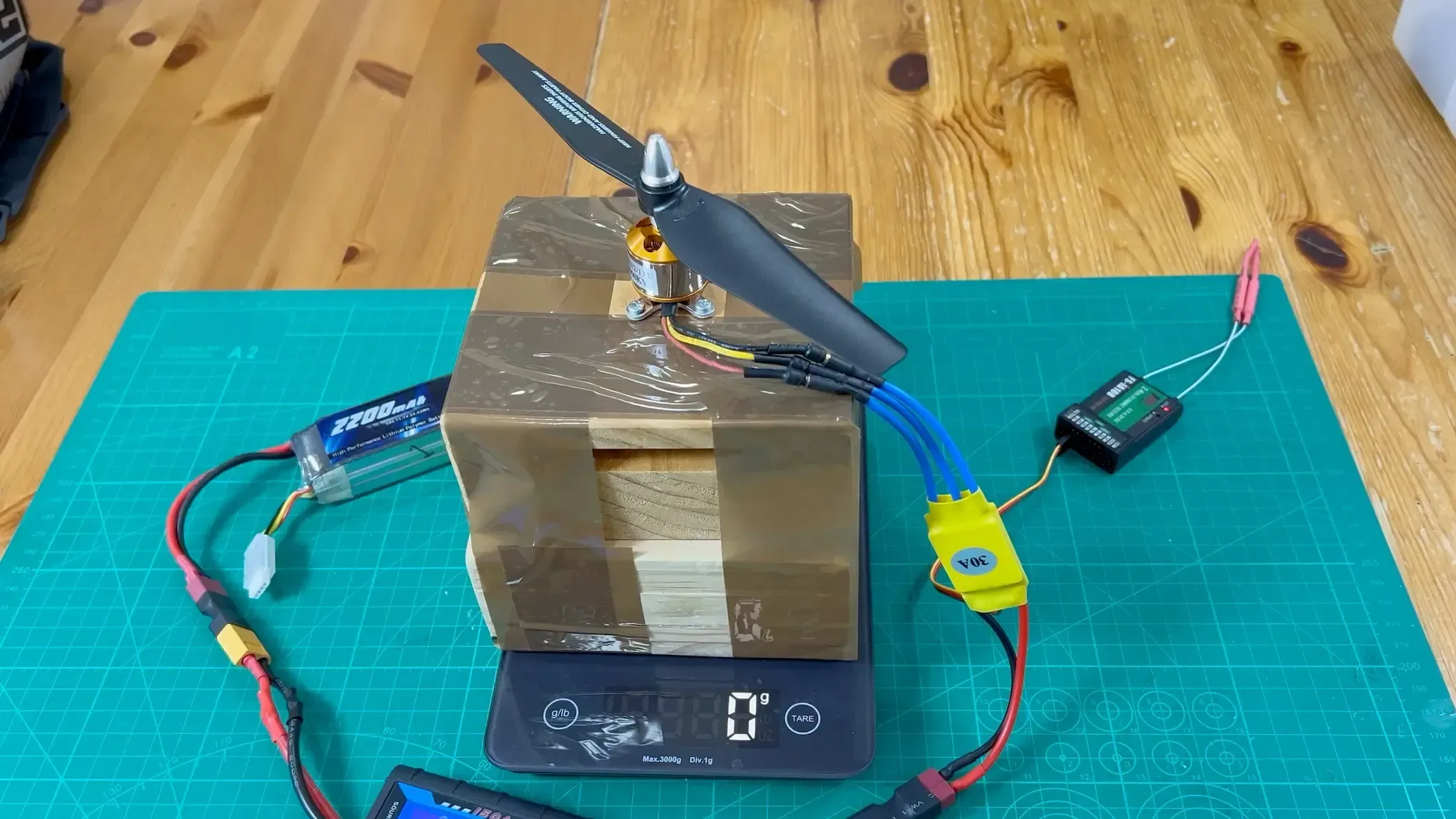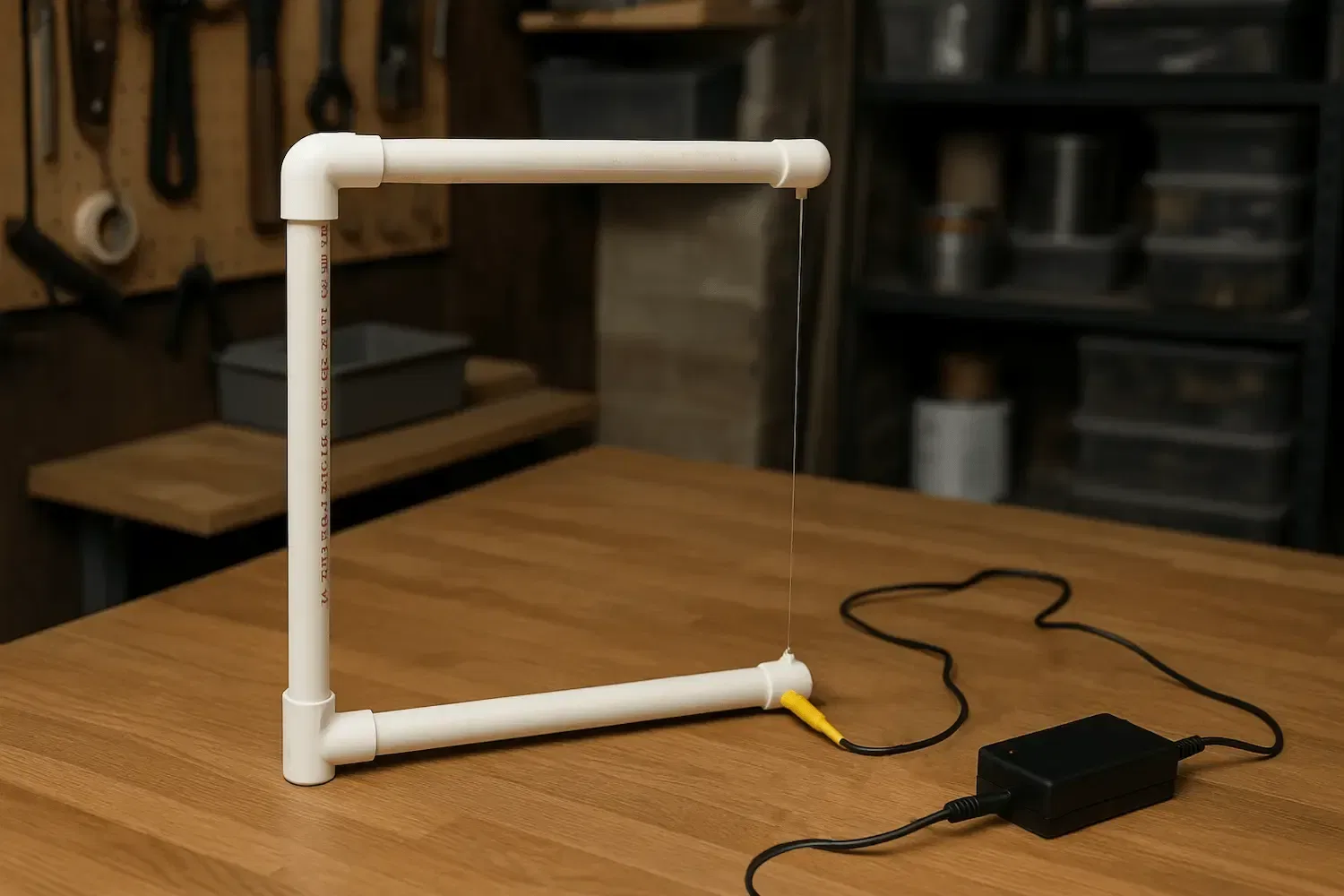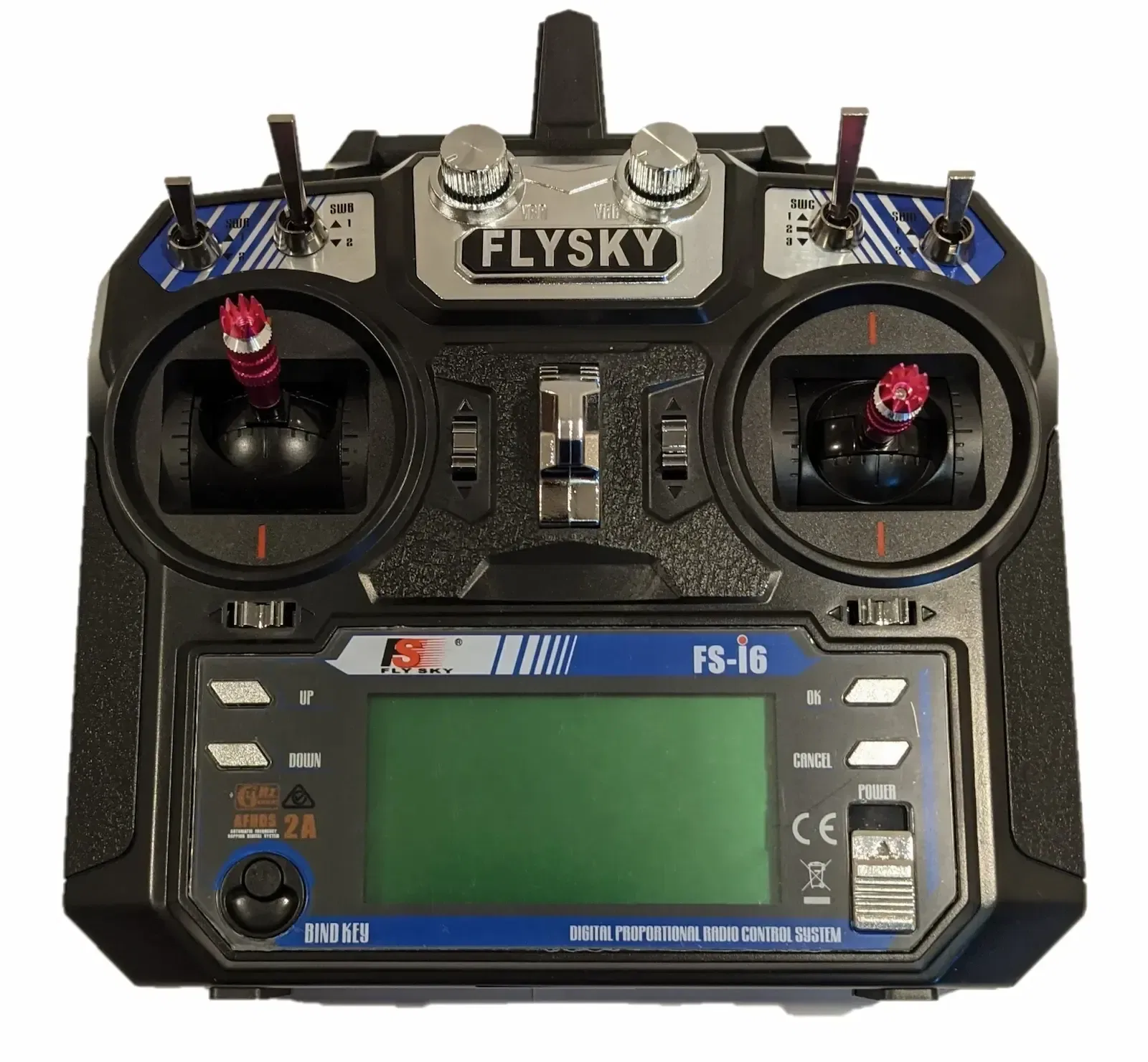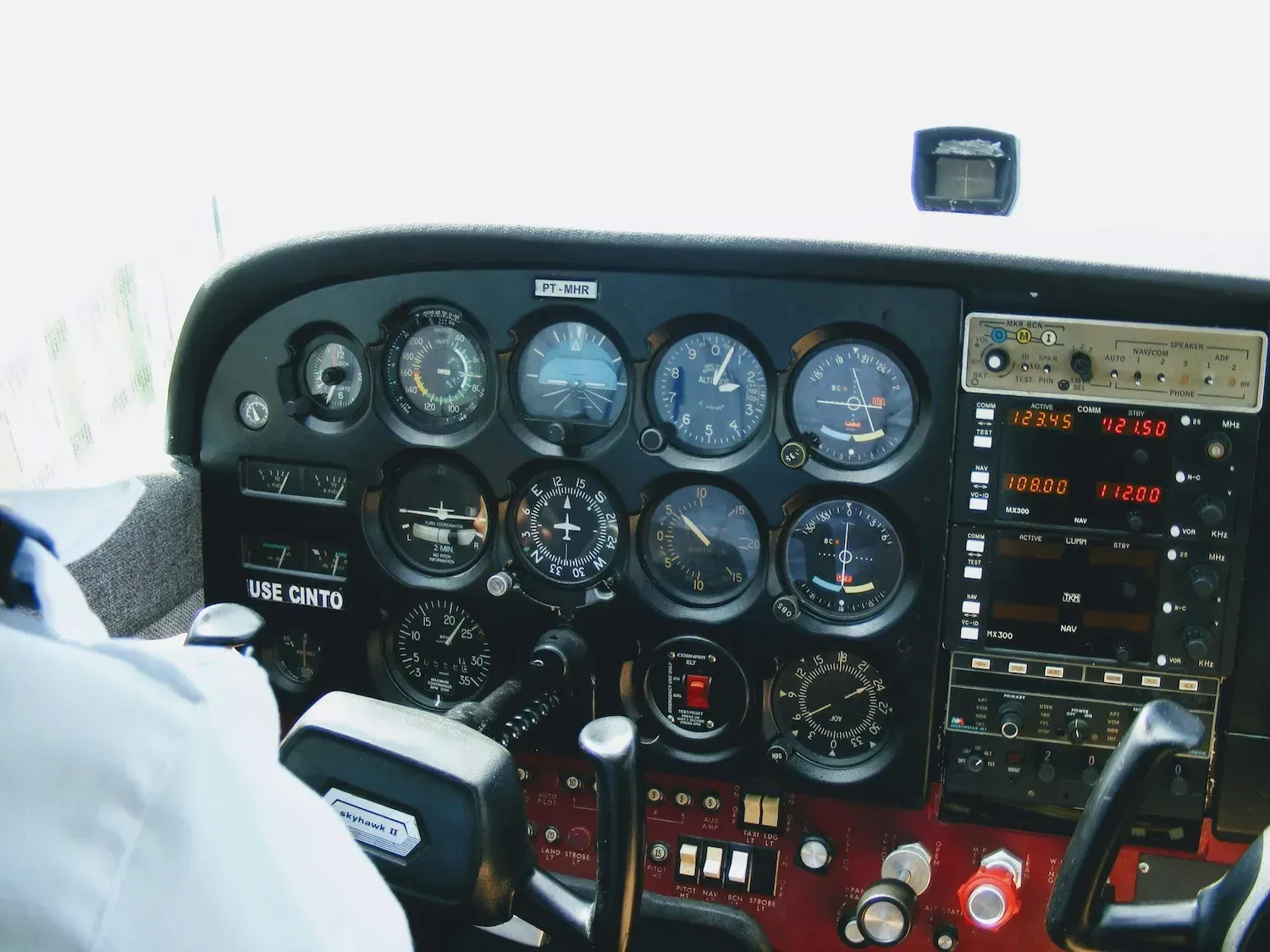Inspiring Curiosity and Creativity
Labdarna.com is dedicated to sparking interest in science and engineering.
Designed for All Levels
Offers resources for beginners, hobbyists, and experts alike.
Diverse Topics
Simplifies complex subjects such as electronics, aerodynamics, physics, and microscopy
Empowering Exploration
Encourages users to explore, experiment, and create in the world of science
Unleash Your Creativity with Fun Electronics Projects
Explore the exciting world of electronics while having fun! Learn the basics, build circuits, and program microcontrollers to bring your ideas to life. Take it further by creating robots that move, sense, and interact with their surroundings. With hands-on projects, electronics becomes both educational and enjoyable!
Soar High: Build and Fly Your Own RC Airplanes
Explore the skies and the laws that govern them by merging the thrill of building your own RC airplanes with the wonders of classic physics. Delve into the fundamentals of aerodynamics, design, and assembly as you craft remote-controlled aircraft that not only soar but also embody the principles of motion, forces, energy, and waves. From experimenting with materials and fine-tuning your designs to uncovering how Newton’s laws, electromagnetism, thermodynamics, and optics shape both flight and our universe, this integrated approach offers endless opportunities for creativity, learning, and fun—whether you're a hobbyist, beginner, or simply curious about the science behind every adventure.
Uncover the Hidden Wonders of the Micro World
Discover the hidden wonders of the micro world with microscopy! Dive into the fascinating details of plants, insects, biology, and the tiny structures that make up everything around us. From exploring leaf cells to examining intricate insect wings, microscopy turns learning into an adventure. Uncover the beauty of the unseen and have fun while expanding your understanding of the world, one microscopic discovery at a time!
Recently published topics in Electronics:
Learn how stepper motors work, their internal structure, types, and real-world applications in robotics, CNC machines, and 3D printers. Ideal for engineers, makers, and hobbyists.
Explore how load sensors work, their types, and how to use them in DIY electronics, Arduino projects, and weight measurement applications
Discover how ultrasonic sensors work, their accuracy, and where they're commonly used in electronics and robotics. Learn about applications, limitations, and practical tips for using them in your projects
Explore the theory, design, and practical applications of the non-inverting operational amplifier. Learn how it works, how to calculate gain, and where to use it in real-world circuits.
Learn how diodes are used as rectifiers in electronics. Understand half-wave and full-wave rectification with real examples and practical insights for beginners and hobbyists
Discover how piezo buzzers work and how to use them in your electronics projects. This guide explains their function, wiring, and applications as sound emitters and sensors.
Recently published topics in RC Flight Mechanics:
Learn how to measure thrust of a 1000KV brushless motor with a 9x4 prop and 3S LiPo using a simple kitchen scale setup. Includes tips, safety, and improvements.
Learn how to calibrate a hotwire cutter for precise foam cutting with this hands-on DIY guide. Step-by-step instructions, tips, and real examples to get perfect results every time.
Remote control (RC) systems form the communication bridge between an RC pilot and their aircraft. Whether you're flying a beginner trainer or a custom FPV aircraft, the transmitter and receiver work together to deliver precise control. In this guide, we’ll cover how RC systems function, break down essential features like channels and signals, and focus on FlySky—a brand known for reliability, affordability, and beginner-friendliness
Learn how airplane control surfaces like ailerons, elevators, and rudders work to steer aircraft. This detailed guide covers their functions, limits, and how RC models use servos, linkages, and transmitter settings for precise control.
The tail section of an airplane plays a critical role in the stability, control, and performance of the aircraft. Whether you're building a foam RC model or designing a full-scale airplane, understanding tail configurations helps you make informed decisions about flight characteristics like yaw control, pitch stability, and aerodynamic efficiency
Dihedral wing design is a foundational element in aircraft stability engineering. By angling the wings upward, designers introduce a natural restoring force that improves roll stability and helps maintain level flight. This makes dihedral ideal for aircraft where ease of control and passive stability are important, such as gliders, UAVs, and training platforms
Recently published topics in Microscopy:
Magnification is at the heart of microscopy—it is the process that allows us to unveil the hidden details of the natural world. Through magnification, objects too small to be seen with the naked eye become visible, providing insights into the structure and function of life at its most fundamental levels. This article explores the science behind magnification, examines the various units used to measure microscopic dimensions, and compares a range of fascinating subjects from bacteria to water bears and plant cells.
